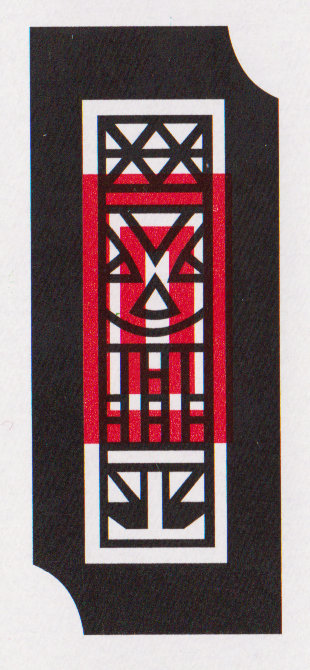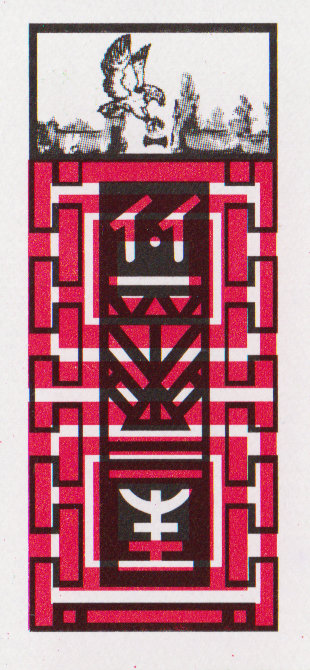Balik Satu
Last updated: .
Balik Satu (‘turn one’) is a Peranakan game played with Cherki cards. The method of play is similar to Mahjong, with the goal being to collect five sets of three cards.
Most of the description below is drawn from Pwee (2003, p. 122), with additions from The Babas (p. 155).
Equipment
Balik Satu can be played by almost any number of people as long as you have enough cards. My two sources give differing amounts of cards per player. (I am inclined to prefer the middle column as it starts with the simple example of two decks for two people, even though the book suggests that up to 20 people can play with a total of 1 200 cards!) Recall that a Cherki deck contains 60 cards, two of each type, so a ½ deck has 30 cards, one of each type.
Players | Decks (Cards) | ||
|---|---|---|---|
from Pwee | from The Babas | from Amaro (1993) | |
2 | 2½ (150) | 2 (120) | — |
3 | 3 (180) | 2½ (150) | 2 |
4 | 3 (180) | ||
5 | 3½ (210) | 3½ (210) | 3 |
6 | 4 (240) | ||
7 | 4 (240) | 4½ (270) | 4 |
8 | 5 (300) | ||
9 | 4½ (270) | 5½ (330) | 5 |
10 | 6 (360) | ||
11 | 5 (300) | 6½ (390) | 6 |
12 | 7 (420) | ||
13 | 5½ (330) | 7½ (450) | 7 |
14 | 8 (480) | ||
Play
Deal 7 cards to each player, an additional card to the first player, and then a second round of 7 cards to each player. Set the remainder of the cards in the middle of the table face-down, to form the stock. Alternately, with a large number of people it is faster to wash-shuffle the cards in the centre of the table and then for each person to draw 14 cards (15 for the starting player).
The first player starts the game by discarding one card face-up to the middle. Play in an anti-clockwise direction; the next player is the person to their right.
On a player’s turn they can either take the last discard or the next face-down card, and must discard a card to complete their turn. The goal is to form your hand into five sets of three: a set can be three of the same rank (i.e. with the same indices) or three of the exact same card, which is called a mata (‘eye’), or a ‘passport’ in Melaka. A player must have at least one mata to win, and the winning card that completes the hand (making 15 cards) must be drawn from the stock, not from a discard.
Calling: once a player has formed four sets in their hand and only needs one card to win, they can “call” on their next discard. To do this, they discard and then flick their discarded card with their finger. If they have formed at least one mata already, they call ‘tan’,This comes from Hokkien 等 tán ‘wait’. or else (if they are trying to form a mata for their last set) they call ‘ceki’.From Hokkien 一枝 ‘one card’.
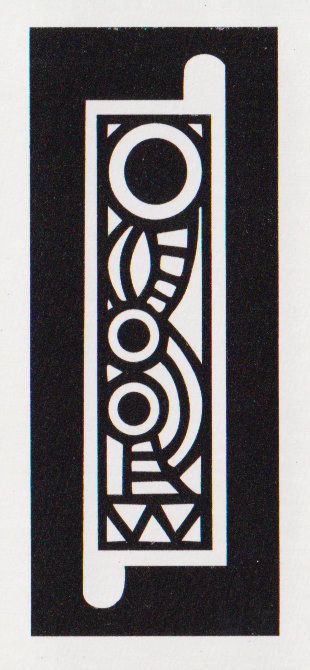 © George Pollard, 🅭🅯🄏🄎
© George Pollard, 🅭🅯🄏🄎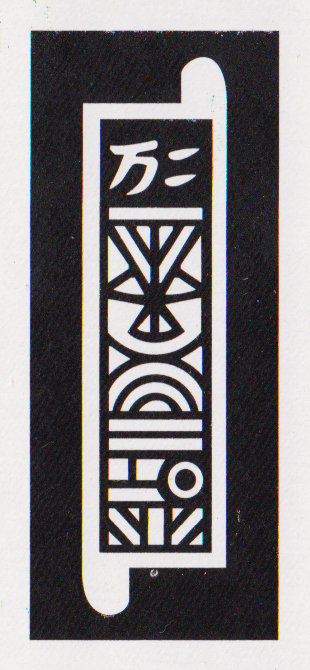 © George Pollard, 🅭🅯🄏🄎
© George Pollard, 🅭🅯🄏🄎 © George Pollard, 🅭🅯🄏🄎
© George Pollard, 🅭🅯🄏🄎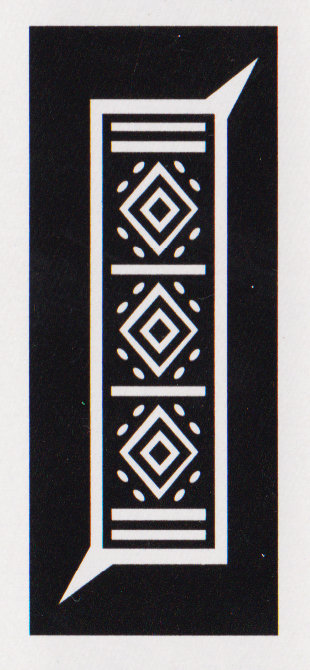 © George Pollard, 🅭🅯🄏🄎
© George Pollard, 🅭🅯🄏🄎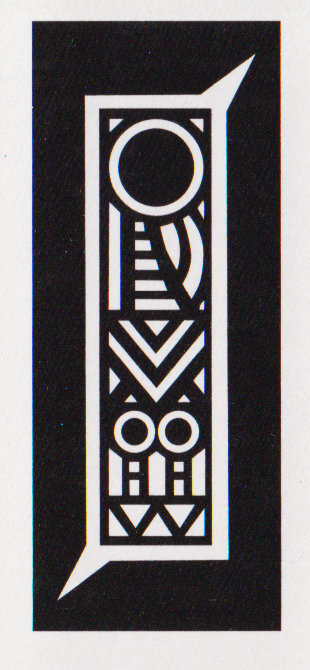 © George Pollard, 🅭🅯🄏🄎
© George Pollard, 🅭🅯🄏🄎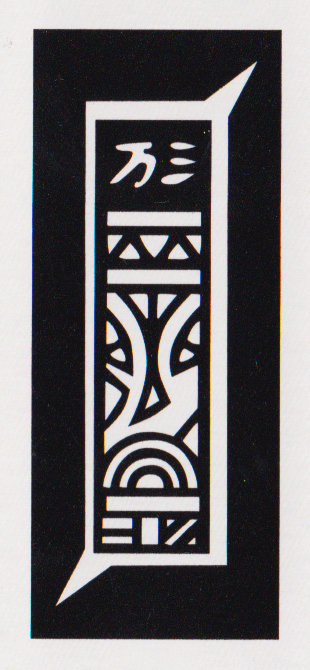 © George Pollard, 🅭🅯🄏🄎
© George Pollard, 🅭🅯🄏🄎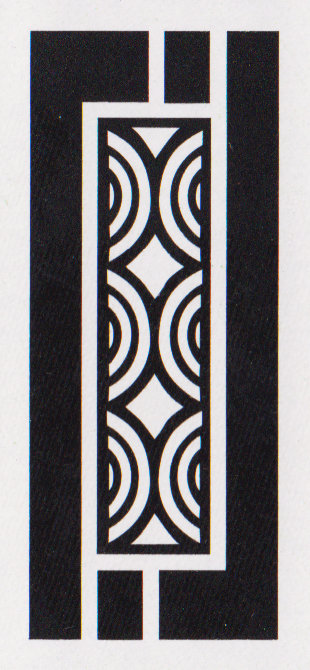 © George Pollard, 🅭🅯🄏🄎
© George Pollard, 🅭🅯🄏🄎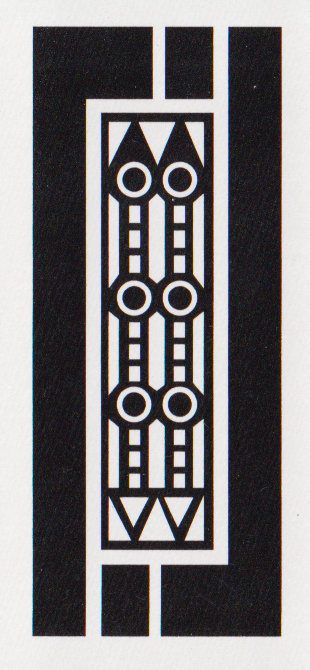 © George Pollard, 🅭🅯🄏🄎
© George Pollard, 🅭🅯🄏🄎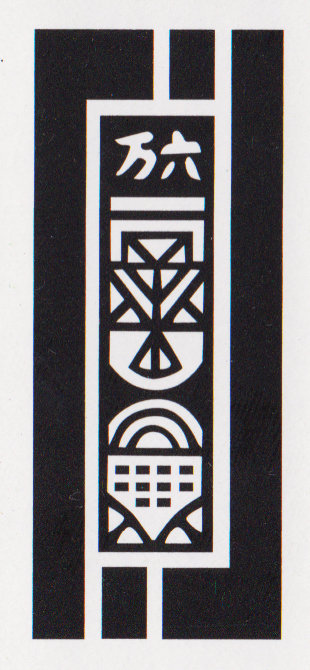 © George Pollard, 🅭🅯🄏🄎
© George Pollard, 🅭🅯🄏🄎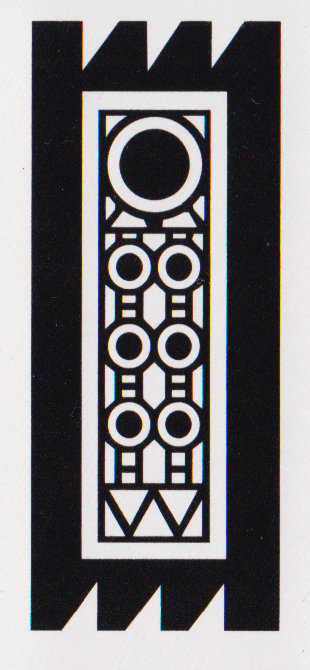 © George Pollard, 🅭🅯🄏🄎
© George Pollard, 🅭🅯🄏🄎 © George Pollard, 🅭🅯🄏🄎
© George Pollard, 🅭🅯🄏🄎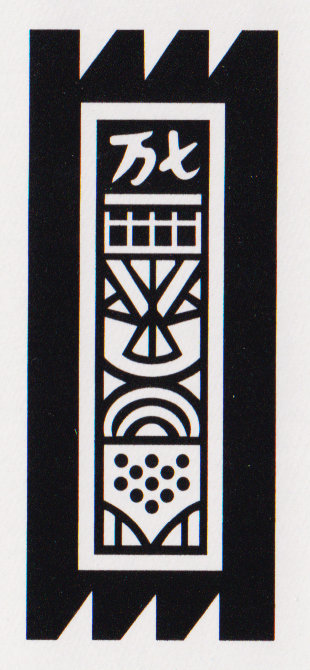 © George Pollard, 🅭🅯🄏🄎
© George Pollard, 🅭🅯🄏🄎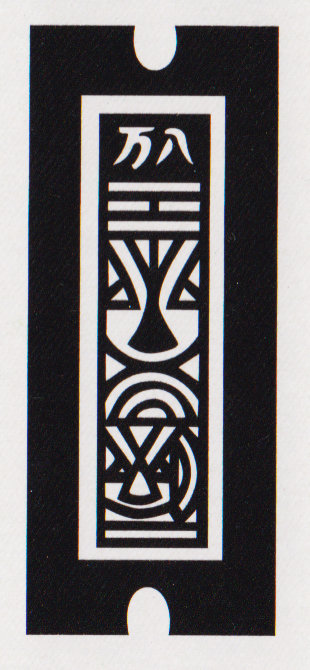 © George Pollard, 🅭🅯🄏🄎
© George Pollard, 🅭🅯🄏🄎 © George Pollard, 🅭🅯🄏🄎
© George Pollard, 🅭🅯🄏🄎A hand with four complete sets that can be called as ‘ceki’, hoping to turn the pair of identical s into a mata.
© George Pollard, 🅭🅯🄏🄎
Once any player has called, whenever a player draws from the face-down stock, they must reveal the card before adding it to their hand. If it is the winning card for a player who has called, the calling player takes it and wins the round. When a player claims or draws a winning card they call ‘sampei!’ (‘arrived!’).
A player who has called can still change their hand if they think they can improve it, by turning an existing mixed set into a mata. If they do this and have already called ‘ceki’ they can change their call to ‘tan’.
Scoring
The winner draws an additional card from the deck (hence the name of the game), and this determines the value of their hand. Unmarked cards are worth their rank value (1–9 points), and the red-stamped cards are worth more:
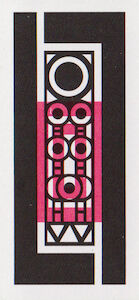
Red Nine scores 10 points.
© George Pollard, 🅭🅯🄏🄎
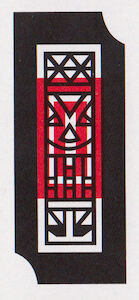
Nyonya scores 11 points.
© George Pollard, 🅭🅯🄏🄎

Lau Chian scores 12 points.
© George Pollard, 🅭🅯🄏🄎
A common rule is that if the drawn card is a rank-1 yeo card, then the winning player does not score and the round is played again.
The drawn card may be used to improve a set in the hand into a mata, if possible, by replacing a card of the same rank. This is called kena (‘contact’).B (p. 162)
To the point value of the drawn card, the winner adds one point for each unmarked mata, and two points for each mata of red-stamped cards.
Finally, if the player won by completing a mata (i.e. they called ‘ceki’),If the winner initially called ‘ceki’ and later changed their call to ‘tan’, it does not count as calling ceki. The rules given in Pwee (2003) also award 1 point for winning after calling tan, but this seems superfluous as the winner will always win at least 1 point for their mata. then:
if someone else drew the winning card from the stock (called ayam, ‘chicken’), they earn an additional 1,D (p. 71) 5,B (p. 162) or 10A points, or
if they self-drew the winning card (called kandang ‘cage’), they earn an additional 2,D (p. 71) 10,B (p. 162) or 20A points.
The player is then paid their total score by each player. In SingaporeA this is done by paying 10¢ per point.This was 5¢ a point in the 1970sB (p. 162).
In the case that a player is initially dealt a winning hand (kandang tangan ‘cage in hand’), they win instantly and double the normal scoring (no calling bonuses will apply).
Chaqui
Amongst the Kristang (Christão), the game was known as Chaqui, Chiqui, or Chekki.C (p. 34)
A set of three identical cards is called a olo (‘eye’). If an olo is completed by drawing another player’s discard, then it must be exposed.
The game is played as above, except that scoring is a fixed amount per olo, for example five points.
If a player completes their hand via chiqui, an identical pair, they may turn over the next 15 cards of the stock to try to turn the chiqui into an olo.
A song about the game runs:
Bom bom filo
Nao bai djoga chiqui
Com grande de bergonha
Cum grandi pedrē sangui.
My good good son
Don’t go and play chiqui
With great dishonour
With great loss of blood.
Balik Lima Belas
Balik Lima Belas (‘draw fifteen’) is an alternate scoring mechanism for Balik Satu.
At the end of each round, instead of drawing one card as in Balik Satu, the winner draws fifteen cards from the stock. They must use these cards to try to improve their sets into mata by swapping cards of equivalent rank, as in the kena rule of Balik Satu. Scoring is calculated as one point for winning plus one for each mata (so, always at least two points).
In this form of the game the red-stamped cards do not score extra, but bonuses for winning by completing a mata (ayam or kandang) still apply.
Chot
Chot or Kiong is a version played with four players in partnerships, with partners sitting opposite each other. Three decks of cards are used (180 cards).
The game is scored using two different tokens. Traditionally two sizes of seed such as those of the assam (tamarind) and saga (Adenanthera pavonina) trees,A (p. 127) or black and white marbles (pichi)B (p. 167) are used. The smaller (or white) tokens count as one point and the larger (or black) as ten points.
The game is played and scored as in Balik Lima Belas. Players take one token for each point scored, and if a player wins by completing a mata (ayam or kandang) then they take 10-point tokens instead of single-point tokens. Players keep their seeds separate until one bangkong is completed.
Once any player has obtained twenty points (called a bangkong, ‘large frog’?), the partnerships pool their tokens. The side with the larger number of points wins the bangkong and records this number. The number of excess points above the other team they have is also recorded. All tokens are then returned to the pool.
Once a fixed number of bangkong have been completed, the overall scores are tallied. The partnership with fewer bangkong pays the team with more for the difference between their totals (e.g. $20 per bangkong). The partnership with fewer ‘excess points’ also pays for the difference (e.g. 10¢ per point).
Similar games
Gonggong
Gonggong (from Makassarese ᨁᨚᨁᨚ) is a very similar game. It was reported in South Sulawesi in the 19th century.E (p. 69) In the 1940s it is recorded in Java, where it is described as being played mostly by women.F (p. 94–97) A game of this name was also played by Javan emigrants in Suriname up until at least the 1970s.
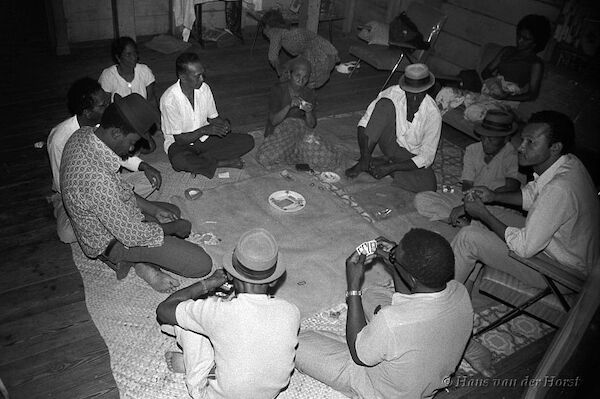
A group of people playing Gonggong in the 1970s in Nickerie, Suriname.
© Hans van der Horst, used with permission
The game as played in Surakarta was described as follows:
It is played with six sets of cards (180 cards) for four players, or eight sets (240 cards) for six players. Deal 14 cards each and play as with Balik Satu. In order to win, again at least one triplet (called a bak) must be completed.
Waiting for a specific card to win (to complete a bak) is called ceki nocog, and is announced by placing one coin on the table. Waiting for any card of a particular rank is called ceki kowah and is announced by placing two coins on top of each other.
A self-drawn win is called rabas ‘clear’. A win by the opponents’ card is called metu (formal medal) ‘came out’.
Scoring is a little different to Balik Satu, and is done by one of several methods:
undhuh-undhuhan (‘pickings’)
At the beginning of the game a pot is formed with a stake from each player. If a player wins with metu, they win one stake from it. If a player wins with rabas, they win the entire remaining pot.
toh bayaran (‘stake payments’)
This method is very similar to Balik Satu. The winner scores according to the following scheme:
1 for metu; 2 for metu with a red card, or rabas; or 3 for rabas with a red card,
an additional 1 for each bak or 2 for each red bak in their hand,
and then turn over the top card and add its points. Nyonya/Lau Chian/1 Myriads score 10 points, everything else according to rank (White Flower scores 1).
These cards are worth 10 points each.
© George Pollard, 🅭🅯🄏🄎
alternative toh bayaran, drawing 14 cards
This method is very similar to Balik Lima Belas. The winner’s score is calculated according to steps 1 & 2 in toh bayaran but instead of step 3, they draw 14 cards from the stock. They combine these 14 with the 14 cards from their hand (excluding the winning card) and try to form bak from these cards. For each bak they can form, they add 1 point, or 2 for a red bak.
In the 1940s the toh bayaran methods were paid out at 2¢These were cents of the Netherlands Indies gulden. per point from each other player.
In Yogyakarta the following bets were used:
bak-bakan
This is payment according to the number of bak, i.e. the same as toh bayaran.
umbuk (‘piled’)
A pot is formed with a stake from each player. If a player wins with metu, they win half the pot. If a player wins with rabas, they win the entire pot.
ceken
Ad-hoc bets are made between the players, whoever wins receives the staked amount from the others.
Tantanan
This is another game described as being played in Surakarta in Java during the 1940s.F (p. 97–8) It is played with fewer cards than Balik Satu and is thus a faster game.
The game is played by four people with one full set of 60 cards. Each player is dealt five cards.
In this reduced game, a player must form three pairs to win, and one pair must be identical (a bak). All honour cards are considered to be rank 1, so can be paired with other rank-1 cards.
Waiting for a one card to win is called tan, as in Balik Satu. Waiting for a identical card is called tan nokang, waiting for any card of the same rank is called tan kowah.
Scoring is performed the same as the toh bayaran method of Gonggong, above.
In Yogyakarta this game was played with three people and known as Cekèn or Sampèn.F (p. 98)Note that there is also another game called Sampen.
See also
Cholek Tiga is another Peranakan Cherki game.
References
Pwee, Keng Ho (). ‘Chiki Cards and Three Chiki Games’. Journal of the International Playing-Card Society vol. 32 (3): pages 119–128.
Chia, Felix (). The Babas. Times Books International: Singapore. ISBN: 9971-65-058-4.
Amaro, Ana Maria (). ‘Chaqui and Partui: Two Popular Card Games of the ‘Christãos’ of Malacca’, translated by A. G. Smith. Journal of the International Playing-Card Society vol. 22 (2), : pages 34–40. Edited by Stuart Lawrence.
Asiapac Books (). Gateway to Old School Games. Asiapac Books: Singapore. ISBN: 978-981-229-949-9.
Matthes, Benjamin Frederik (). Makassaarsch–Hollandsch woordenboek [text in Dutch]. Frederik Muller: Amsterdam, The Netherlands.
Siem, Tjan Tjoe [曾祖沁] (). Javaanse Kaartspelen: bijdrage tot de beschrijving van land en volk [Javanese Card Games; text in Dutch]; Verhandelingen van het Koninklijk Bataviaasch Genootschap van Kunsten en Wetenschappen volume 75. A. C. Nix & Co.: Bandung, West Java, Indonesia.
